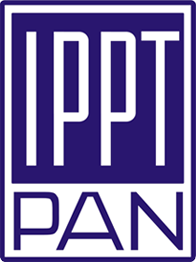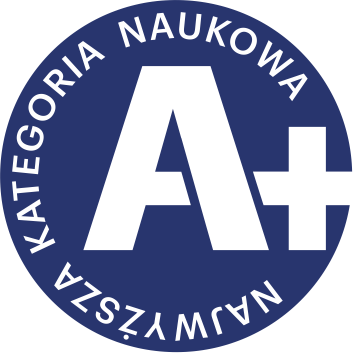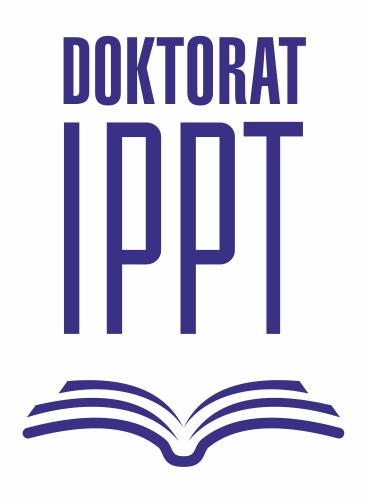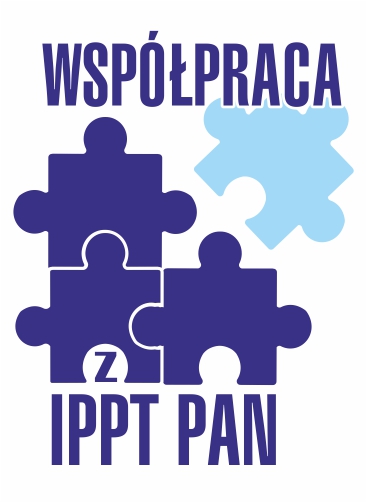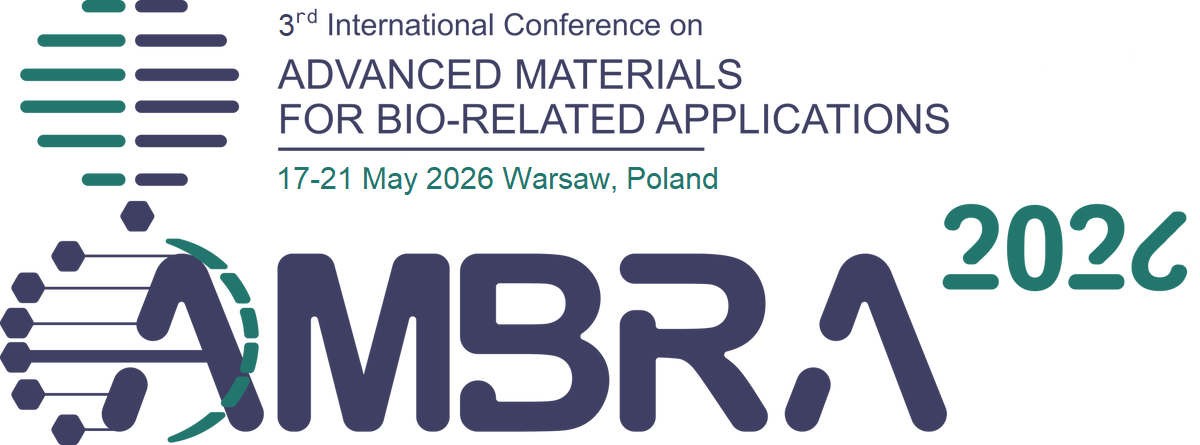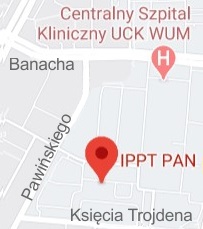| 1. |
Pokorska I., Poński M., Kubissa W.♦, Libura T., Brodecki A., Kowalewski Z.L., Computational Fracture Evolution Analysis of Steel-Fiber-Reinforced Concrete Using Concrete Continuous Damage and Fiber Progressive Models,
Materials, ISSN: 1996-1944, DOI: 10.3390/ma16165635, Vol.16, No.5635, pp.1-20, 2023 Streszczenie:
The process of concrete cracking is a common problem because the first micro-cracks due to the loss of moisture may appear even before the concrete is loaded. The application of fracture mechanics allows for a better understanding of this problem. Steel-fiber-reinforced concrete (SFRC) samples with a notch were subjected to a three-point bending test, and the results for crack energy were used to analyze the concrete’s material properties. In this paper, an experimental and numerical analysis of SFRC with rapid changes in the force (F) crack mouth opening displacement (CMOD) curve (F-CMOD) is presented. In order to obtain the relevant F-CMOD diagrams, three-point bending tests were carried out with non-standard samples with a thickness equal to one-third of the width of standard samples. For analysis purposes, crimped steel fibers were adopted. A probabilistic analysis of the most important parameters describing the material in question, such as peak strength, post-cracking strength, crack mouth opening displacement (CMOD), fracture energy, and the post-cracking deformation modulus, was conducted. The tests and the analysis of their results show that the quasi-static numerical method can be applied to obtain suitable results. However, significant dynamic effects during experiments that influence the F-CMOD curves are hard to reflect well in numerical calculations. Słowa kluczowe:
concrete, finite element method (FEM) simulations, steel-fiber-reinforced concrete (SFRC), crack mouth opening displacement (CMOD), steel fibers Afiliacje autorów:
| Pokorska I. | - | IPPT PAN | | Poński M. | - | IPPT PAN | | Kubissa W. | - | Politechnika Warszawska (PL) | | Libura T. | - | IPPT PAN | | Brodecki A. | - | IPPT PAN | | Kowalewski Z.L. | - | IPPT PAN |
|  | 140p. |
| 2. |
Kubissa W.♦, Dąbrowski M., Chojnacki B.♦, Glinicki M.A.♦, Durability of paving concrete produced in a laboratory setting and obtained in field at expressway construction site,
Roads and Bridges - Drogi i Mosty, ISSN: 1643-1618, DOI: 10.7409/rabdim.021.023, Vol.20, pp.397-412, 2021 Streszczenie:
The article describes an experimental study of the properties of concrete designed for the construction of the bottom layer of two-layered road pavement with the exposed aggregate surface. Two types of materials were studied: industrially-produced concrete placed on a highway trial section using slip form technology and concrete produced in a laboratory setting, containing CEM II/A-V and CEM II/A-S Portland cement. The tested mixes contained granite or limestone coarse aggregate. The following basic performance properties were studied: compressive strength and split tensile strength, air void characteristics, freeze-thaw resistance, water absorption rate and chloride penetration. The mechanical properties and freeze-thaw resistance results obtained on the laboratory specimens were similar to those obtained on the cores drilled from the pavement. Despite the observed changes in the air void system parameters, mineral admixtures to Portland cements did not reduce the freeze-thaw resistance of concrete. The compressive strength was higher by up to 19% and sorptivity decreased by up to 22% in concrete containing cement with mineral admixtures. Słowa kluczowe:
air-entrained concrete, air void characteristics, CEM I, CEM II/A-S, CEM II/A-V, durability, freeze-thaw resistance, road pavement, sorptivity Afiliacje autorów:
| Kubissa W. | - | Politechnika Warszawska (PL) | | Dąbrowski M. | - | IPPT PAN | | Chojnacki B. | - | Politechnika Warszawska (PL) | | Glinicki M.A. | - | inna afiliacja |
|  | 70p. |
| 3. |
Jaskulski R., Glinicki M.A., Kubissa W.♦, Dąbrowski M., Application of a non-stationary method in determination of the thermal properties of radiation shielding concrete with heavy and hydrous aggregate,
INTERNATIONAL JOURNAL OF HEAT AND MASS TRANSFER, ISSN: 0017-9310, DOI: 10.1016/j.ijheatmasstransfer.2018.07.050, Vol.130, pp.882-892, 2019 Streszczenie:
Results of measurements of the specific heat and the thermal conductivity of concrete with blended special aggregate for neutron and gamma radiation shielding are presented. Experimental tests were performed on concrete with heavyweight aggregate (magnetite, barite), hydrogen-bearing aggregate (serpentine) and amphibolite aggregate. The thermal properties of concrete were determined using a nonstationary method. The highest specific heat was found for concrete with serpentine aggregate. Simple models for predicting the specific heat and the thermal conductivity on the basis of concrete mix design were evaluated to include the blends of heavyweight and hydrogen-bearing aggregates. The thermal conductivity of concrete was found to be linearly dependent on the concrete density in the range from 2200 to 3500 kg/m3. Its increase due to water saturation of concrete was not dependent on the open porosity of concrete. It was found that the specific heat can be fairly well predicted using the rule of mixtures formula. The thermal conductivity of concrete can be approximately predicted using a parallel model in the case of water-saturated concrete. The thermal conductivity prediction for dry concrete is also discussed. Słowa kluczowe:
blended aggregate, concrete mix design, density, non-stationary method, open porosity, thermal properties, thermal conductivity, specific heat, radiation shielding Afiliacje autorów:
| Jaskulski R. | - | IPPT PAN | | Glinicki M.A. | - | IPPT PAN | | Kubissa W. | - | Politechnika Warszawska (PL) | | Dąbrowski M. | - | IPPT PAN |
|  | 200p. |
| 4. |
Jaskulski R.♦, Glinicki M.A., Ranachowski Z., Kubissa W.♦, Organic phosphorus compounds as heat release regulators in hardening shielding concrete,
CONSTRUCTION AND BUILDING MATERIALS, ISSN: 0950-0618, DOI: 10.1016/j.conbuildmat.2019.03.081, Vol.209, pp.167-175, 2019 Streszczenie:
The paper presents the results of the study of the influence of the addition of retarding superplasticising admixture based on triisobutyl phosphate and modified phosphonates on the amount of heat generated by hardening shielding concrete. A four-point measurement of the heat generated during the hardening of concrete with an admixture dose of 0, 0.5, 1.0 and 2.0% by weight of the cement was made and the concurrent measurement of the heat released by the hardening cement paste was measured with an isothermal calorimeter. Based on the results from the calorimeter, the effect of the admixture on the temperature field in the hardening concrete mass elements was simulated for different aggregates. The results indicate that the admixture clearly lowers the temperature gradient in hardening mass concrete. In the simulations, the most clear effect was achieved in the case of concrete with barite aggregate, where the gradient value was reduced from 10°C/m to 8°C/m for an admixture content equal to 2.0%. Słowa kluczowe:
temperature gradient, heat release, shielding concrete, mass concrete, fresh concrete, phosphorus compounds Afiliacje autorów:
| Jaskulski R. | - | inna afiliacja | | Glinicki M.A. | - | IPPT PAN | | Ranachowski Z. | - | IPPT PAN | | Kubissa W. | - | Politechnika Warszawska (PL) |
|  | 140p. |
| 5. |
Kubissa W.♦, Glinicki M.A., Dąbrowski M., Permeability testing of radiation shielding concrete manufactured at industrial scale,
MATERIALS AND STRUCTURES, ISSN: 1359-5997, DOI: 10.1617/s11527-018-1213-0, Vol.51, No.83, pp.1-15, 2018 Streszczenie:
The effect of the composition of industrial concrete designed for radiation shielding structures on the air permeability and the diffusion of moisture was studied. The mix design for heavyweight concrete of bulk density 3168–3317 kg/m3 was developed using barite and magnetite aggregate and cements blended with fly ash and blastfurnace slag. Structural elements, like columns of a height of 4 m and massive blocks made of mixtures with different cements were manufactured using ready mixed concrete pumped into the formwork. Core specimens were taken from the elements at different locations. The air permeability index was tested using Autoclam device. Evaluation of the quality of concrete on the basis of API results varied from “very good” to “good”. The moisture distribution inside concrete specimens was equilibrated to RH = 60 ± 5%. Observation of RH changes allowed to determine the moisture diffusion coefficient. Significant differences of the permeability and moisture diffusion coefficient depending on the location of the core specimens drilling and mix design of concrete were found. The D coefficient provided a good reflection of the different quality of heavyweight concrete in structural elements. Słowa kluczowe:
Air permeability, Autoclam, Barite, Blended cement, Cracking, Heavyweight aggregate, Magnetite, Moisture diffusion, Radiation shielding concrete, Relative humidity Afiliacje autorów:
| Kubissa W. | - | Politechnika Warszawska (PL) | | Glinicki M.A. | - | IPPT PAN | | Dąbrowski M. | - | IPPT PAN |
|  | 35p. |
| 6. |
Kubissa W.♦, Glinicki M.A., Influence of internal relative humidity and mix design of radiation shielding concrete on air permeability index,
CONSTRUCTION AND BUILDING MATERIALS, ISSN: 0950-0618, DOI: 10.1016/j.conbuildmat.2017.04.177, Vol.147, pp.352-361, 2017 Streszczenie:
The permeation properties of concrete are strongly influenced by the degree of saturation of capillary pores. Test results of the Autoclam air permeability index (API) of radiation shielding concrete are presented. Concrete specimens were made with CEM I and CEM III/A cements and special aggregates for radiation shielding: crushed barite, magnetite, serpentine and amphibolite. Two procedures of accelerated drying with simultaneous measurement of moisture distribution in the specimens were proposed. The specimens were tested at different RH levels from a fully saturated state to an oven dried state. The linear relationship between the API and RH was obtained. Effects of heavyweight and hydrogen-bearing aggregates on air permeability index were revealed. Słowa kluczowe:
Autoclam air permeability, Relative humidity, Heavyweight aggregate, Barite, Magnetite, Serpentine, Radiation shielding concrete, Slag cement Afiliacje autorów:
| Kubissa W. | - | Politechnika Warszawska (PL) | | Glinicki M.A. | - | IPPT PAN |
|  | 40p. |






